What is sound insulation and its types
Today, one of the main pollutions is noise pollution. The noise of a neighbor’s child, the sound of stairs and corridors, the sound of horns, and etc, which can be transmitted through a door, window, or wall in a home or workplace and disturb us. To solve this problem, we must use sound insulation. In the following, we will review the sound insulation and its types so that you can choose the best one according to your needs.
Today, in new buildings, contractors often use sound insulation suitable for maximum sound resistance due to the increase in noise pollution.
Features of a good sound insulation
A good sound insulation must have the right density to maintain its acoustic state. That’s why making sure that the insulation you buy is standard in terms of density and thickness is so important that you can use Clintvenenta insulation in accordance with the standard.
Types of sound insulation
Rock wool
 This heat, sound and fire insulation has many strengths, including anti-allergy and no harm to humans, light weight and no additional load on the building, non-conductivity, high durability and longevity, etc. .
This heat, sound and fire insulation has many strengths, including anti-allergy and no harm to humans, light weight and no additional load on the building, non-conductivity, high durability and longevity, etc. .
No chemicals are used in the production of this type of sound insulation and due to its many strengths, it is one of the best of them.
Polyurethane
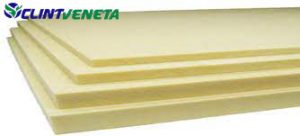 This type of insulation is a type of sound-heat insulation foam that is widely used in hard drives these days. This insulation is a chemical substance composed of a combination of two substances, isocyanate and polyol, which are both liquids. It is also worth noting that this insulation is used as a spray.
This type of insulation is a type of sound-heat insulation foam that is widely used in hard drives these days. This insulation is a chemical substance composed of a combination of two substances, isocyanate and polyol, which are both liquids. It is also worth noting that this insulation is used as a spray.
Fiberglass sound insulation
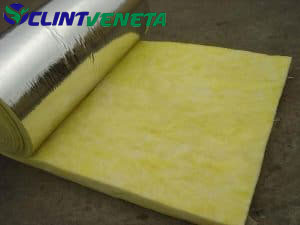 This type of insulation, which is one of the oldest insulations, is obtained by melting glass and turning it into fine fibers. The fibrous structure of fiberglass traps air inside it and creates elasticity, which insulates it from sound.
This type of insulation, which is one of the oldest insulations, is obtained by melting glass and turning it into fine fibers. The fibrous structure of fiberglass traps air inside it and creates elasticity, which insulates it from sound.
Slag wool
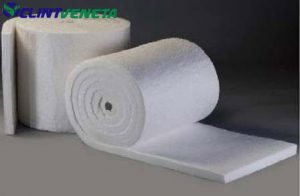 Slag wool is a type of mineral insulation that is made from recycled steel furnaces. This type of insulation, which is one of the by-products of the steel plant, can reasonably block the passage of noise.
Slag wool is a type of mineral insulation that is made from recycled steel furnaces. This type of insulation, which is one of the by-products of the steel plant, can reasonably block the passage of noise.
Elastomeric sound insulation
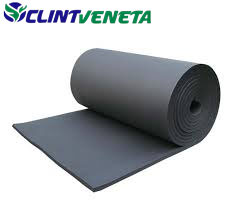 Elastomeric insulation or elastomeric insulation has good resistance to noise penetration, moisture and pollution. Due to their low weight and high flexibility, these insulators are used in large pipes, construction installations, air ducts, etc.
Elastomeric insulation or elastomeric insulation has good resistance to noise penetration, moisture and pollution. Due to their low weight and high flexibility, these insulators are used in large pipes, construction installations, air ducts, etc.
Ionolite
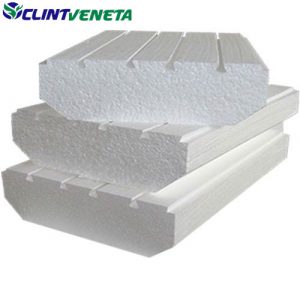 These insulators can be used for both the ceiling and the wall and are installed in the hardening stage of the building and absorb sound well and are considered as one of the low cost items for sound insulation. Also, its light weight increases the building’s resistance to earthquakes and its safety.
These insulators can be used for both the ceiling and the wall and are installed in the hardening stage of the building and absorb sound well and are considered as one of the low cost items for sound insulation. Also, its light weight increases the building’s resistance to earthquakes and its safety.
rebond foam
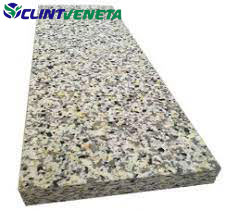 This type of insulation is made by placing and gluing pieces of polyurethane foam, and the quality of the rebound foam depends on things like the quality of the raw materials and the adhesive, the density and the size of the clouds.
This type of insulation is made by placing and gluing pieces of polyurethane foam, and the quality of the rebound foam depends on things like the quality of the raw materials and the adhesive, the density and the size of the clouds.
Silent insulation
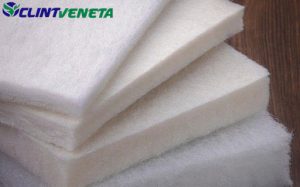 This insulation was invented for the first time in Iran as a multi-purpose insulation and it was registered that in addition to sound resistance, it is also heat resistant. The strengths of this insulation include reducing the noise relative to the thickness of the product from 50 to 90% in each layer of the product, very low thickness compared to competing products, no skin and respiratory allergies, ease of implementation, health and European approvals, long life , Noted the high tensile load of the product, impact resistance, competitive price and environmental friendliness.
This insulation was invented for the first time in Iran as a multi-purpose insulation and it was registered that in addition to sound resistance, it is also heat resistant. The strengths of this insulation include reducing the noise relative to the thickness of the product from 50 to 90% in each layer of the product, very low thickness compared to competing products, no skin and respiratory allergies, ease of implementation, health and European approvals, long life , Noted the high tensile load of the product, impact resistance, competitive price and environmental friendliness.
Silent foam insulation
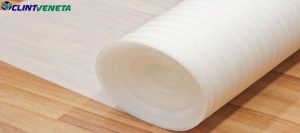 This type of insulation alone is not a good insulator against sound absorption and must be used with another insulation to have a good effect. For this reason, it is usually used along with rock wool insulation, which is a very good choice.
This type of insulation alone is not a good insulator against sound absorption and must be used with another insulation to have a good effect. For this reason, it is usually used along with rock wool insulation, which is a very good choice.
Oval comb foam
 This type of sound insulation is a type of foam that is used for insulation in ceilings, walls, studios, industrial factories, cinemas, etc. These foams can absorb a wide range of high frequency sound and prevent it from returning.
This type of sound insulation is a type of foam that is used for insulation in ceilings, walls, studios, industrial factories, cinemas, etc. These foams can absorb a wide range of high frequency sound and prevent it from returning.
The hexagonal structure of this insulation increases its efficiency and reduces noise. It is also worth noting that this foam does not need glue to be installed on gypsum, glass, wood and surfaces because it has adhesive and can be easily installed and used.
You can visit the Clintveneta product store page to get the sound insulation you need and contact us to buy or get more information.